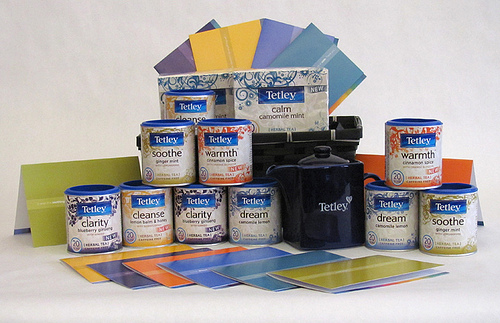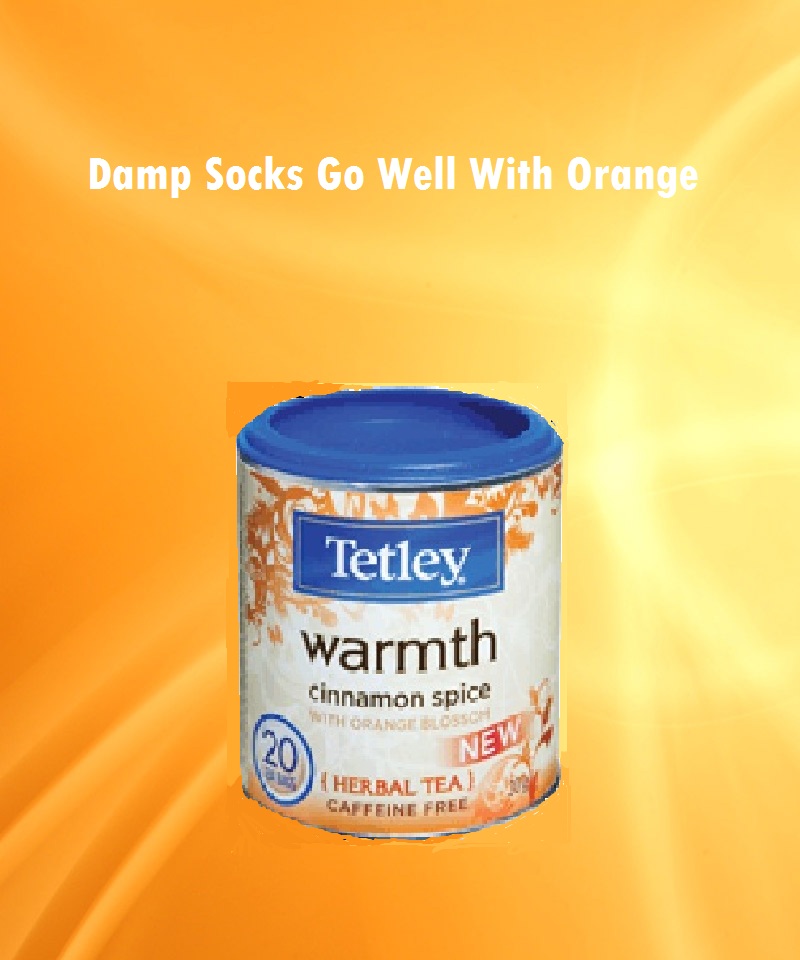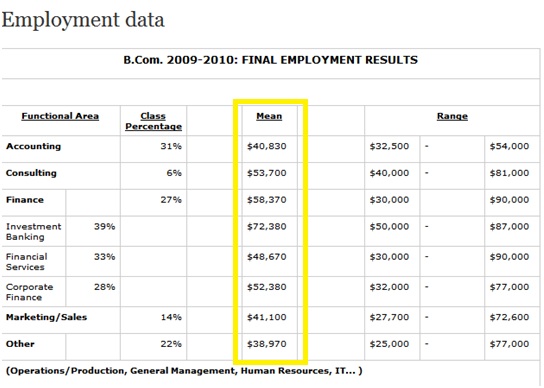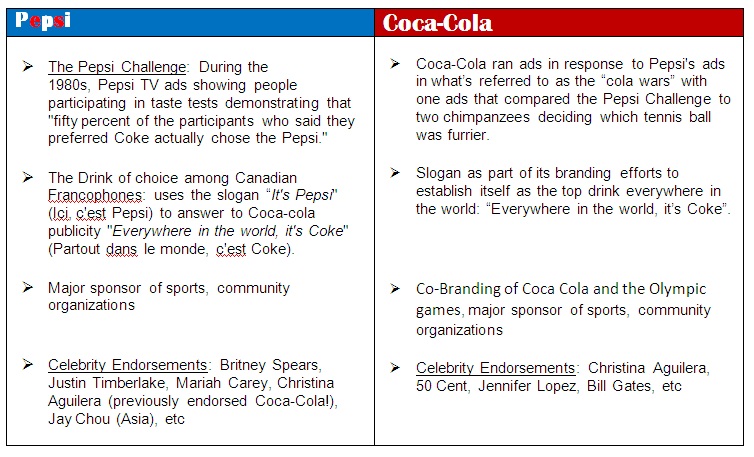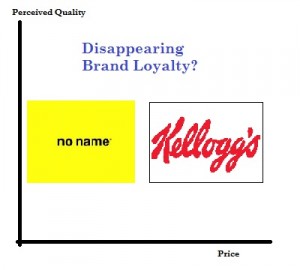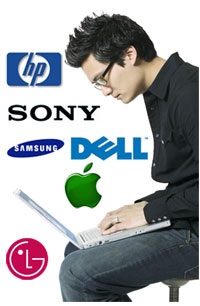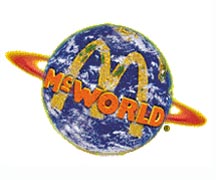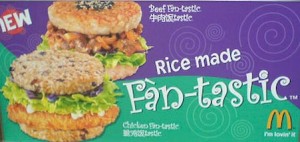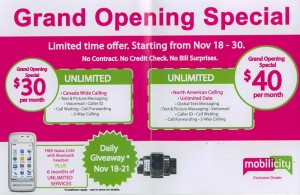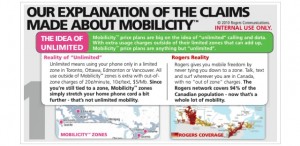A long way from traditional TV and print advertising, the trend in how companies compete for consumers’ attention is heading towards bigger shock value, more viral impact, and in more creative, unconventional ways.
I recently came across a classmate’s blog on Google’s latest April Fool’s Hoax of G-Motion, where with “simple intuitive action” you can check your email without using old-school technologies such as the keyboard and mouse, but instead let the webcam detect your motions to direct the email messaging. As Claudia comments, the visualization of using this fake technology is silly, but also creative on Google’s part – and it did create positive buzz for the company, even after consumers realized that it was a hoax.
Google has a tradition of doing multiple annual April Fool’s hoaxes (since year 2000), and you can check the comprehensive list of them here. These hoaxes have generated a lot of traffic and publicity for Google – the G Motion video currently has over 6 million views on Youtube (originally uploaded on March 30th). On one hand, such hoaxes have the effect of serving as bait for consumers to capture their attention; and creatively executed ones such as Google’s annual pranks does achieve that purpose, while enhancing the company’s overall image as being quirky and imaginative.
Some may argue that “hoax marketing” may be unethical in some situations – but for Google’s case – the company has clearly communicated the true nature of its hoaxes, by portraying the hoaxes in a way that’s unrealistic and easy to identify as fake; by establishing them as an annual tradition; and by immediately acknowledging it as a hoax on April Fool’s Day.
In this age where companies are actively competing for the increasingly scarce resource that’s consumer’s attention and loyalty, they must use increasing creative and innovative methods to stand out (i.e. Heineken prank, Gatorade Replay football match, flashy outdoor ads, Hoax Marketing).
What are your views on the ethics of using hoax marketing to promote a company? Were you disappointed or angry when you “found out” that the G-Motion was a hoax?
I’m including below some popular viral marketing hoaxes (The Levi’s video was heavily criticized after being “exposed” as a hoax.) that I’ve found particularly interesting.
Rear View Girls (for Levi’s Jeans). Original Video generated millions of views, but have since been taken down.
Video showing cell phones that can make popcorn; purpose was to promote cell phones.
